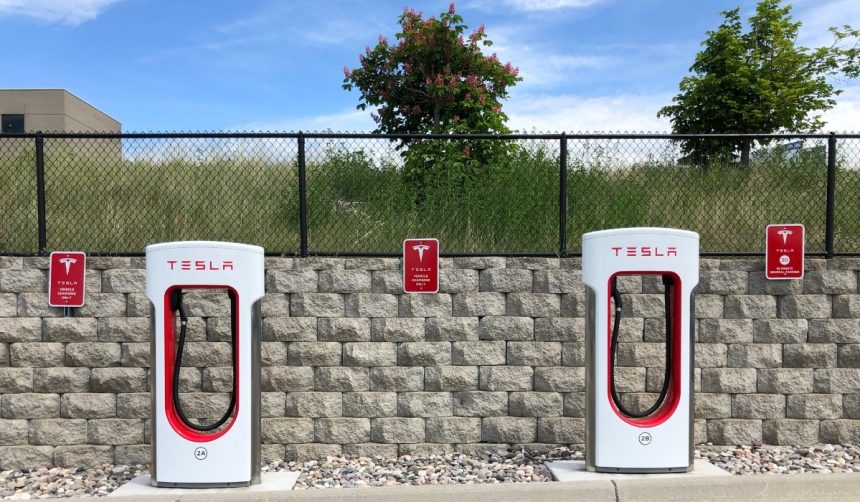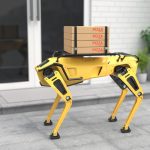Tesla‘s latest move signals a possible shift in its Robotaxi development, laying the groundwork for fully driverless rides. With new features quietly introduced to the Robotaxi app, passengers could soon find themselves riding solo, assisted only by remote support. This technological advance also raises questions about privacy and the company’s evolving safety protocols, an area of ongoing debate among tech and mobility experts.
Earlier news about Tesla’s Robotaxi project focused more on hardware testing and regulatory hurdles, with safety drivers present during pilot runs. Updates primarily highlighted external sensors and navigation features, whereas direct in-cabin audio and video monitoring appeared less emphasized. Now, with software enhancements centering on live support and analytics within the vehicle, Tesla’s strategy shows an increasing reliance on real-time data collection and remote supervision as a mechanism for advancing autonomous service readiness.
How Will In-Cabin Monitoring Work?
The recent Robotaxi App update includes capabilities for live screen sharing and the transmission of cabin camera and sound data. These additions are designed to assist support teams in monitoring the well-being of passengers, particularly when no human safety driver is onboard. Tesla users are prompted to provide consent for enhanced in-cabin data sharing, which allows the company to collect audio and video only when necessary, such as for safety checks or support requests.
What Justifies Data Collection?
Tesla states that the collection of in-cabin audio and video will be anonymized, ensuring data is not tied to a user’s identity except during a safety event or direct request for assistance. The company has not released full details about the implementation but indicates that these analytics, including Cabin Camera Analytics and Sound Detection Analytics, are intended to improve system intelligence and facilitate real-time responses.
Is This a Step Toward Full Autonomy?
Tesla watchers see these developments as an indication that the company is preparing for the next phase in autonomous ride-hailing. The combination of advanced data sharing and robust remote support could permit operations of Robotaxi vehicles without onboard supervisors. Tesla has commented on this direction:
“Support teams will be able to assist riders without any safety drivers in the front seat.”
The company added,
“Data collected by Robotaxis will be anonymous and only used when needed for a safety event or support request.”
The integration of analytics for interior monitoring gives Tesla the ability to respond quickly to passenger needs and unforeseen situations while reducing the role of human supervisors. For users, this could bring more accessible autonomous mobility, but it also places a premium on transparent data policies. As these software features evolve, questions about privacy, regulatory approval, and the user experience remain crucial. Passengers may benefit from clearer information about when and how their data is used and what safeguards are in place, an aspect that will shape the adoption of robotaxi services worldwide.








